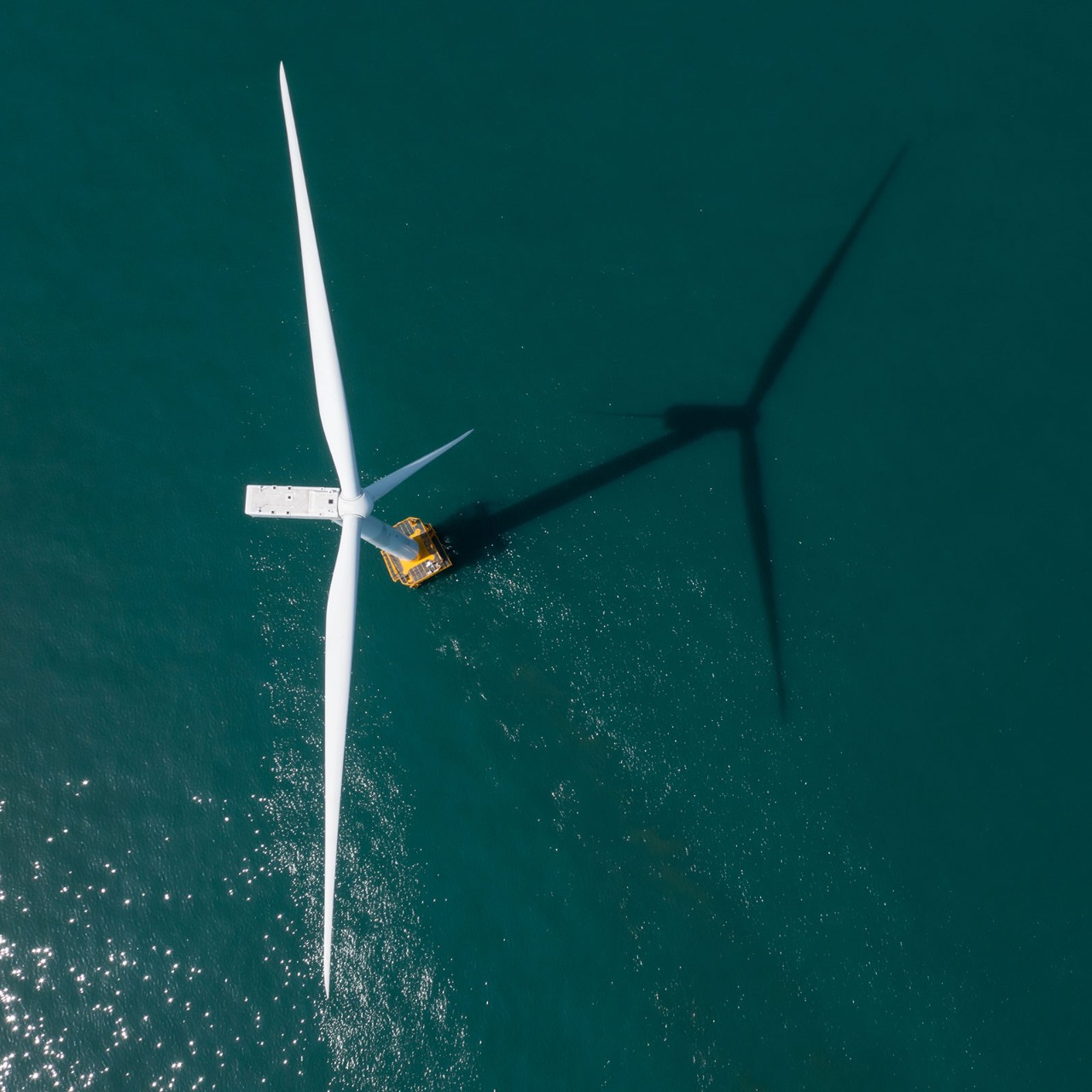
I am a fan of IFRS 15, Revenue from Contracts with Customers, which came into force in 2018. I have two main tests for a new standard. First, does it bring additional clarity to existing practices? Second, does it reduce the scope for creative accounting?
IFRS 15, in my view, ticked both boxes. Investors learnt more about when revenue was recognised, which had previously been a black box, and it made it very difficult for companies to boost profits by choosing to recognise revenue ahead of economic reality.
Businesses that engage in complex multi-year contracts have to make judgments about when to recognise costs
Many companies had to change their recognition policies as a result of IFRS 15, and the usual outcome was a small, one-off adjustment, which investors rightly ignored.
There were some very interesting exceptions, though. One well-known company had to restate operating downwards by about 50%, and this was not a one-off adjustment. This company had in effect been linking short-term, loss-making contracts with long-term contracts that it hoped would be profitable.
Quite how the pre-IFRS 15 profits squared with the overriding IFRS 1 requirement for ‘fair presentation’ was never explained, but at least we now had numbers that made sense. It was no longer permissible to use future revenue from contract 2 to offset today’s losses from contract 1.
Companies with a large proportion of revenues coming from risky, long-term contracts tend to trade at low valuations
Glaring omission
There is, though, a glaring omission in IFRS 15: the timing of cost recognition. Companies that engage in complex multi-year contracts have to make subjective judgments about when to recognise costs.
Some of the best examples are found in the aerospace and industrial fields. Consider a company that has a 10-year, fixed-price contract to design and build 100 new aircraft. In the early years, the design costs will be covered by customer payments and the contract is likely to be profitable.
The real problems begin when the first aircraft are being made. The early models will take longer to make, and there are likely to be unexpected technical glitches that require redesign. Some of the initial costs, notably tooling, can be anticipated and capitalised. Learning curve costs are much more slippery. Do you charge the real cash cost of the first aircraft to the profit and loss account, or do you somehow spread the excess over the full production run? What if you expect a follow-on contract for another 200 aircraft? Do you spread the early excess costs over 100 aircraft or 300?
Even more problematic is the awful moment when you realise that the later aircraft are also going to cost more to make than you allowed for in the budgeting. When do you make the decision to alter the margin profile of the contract?
Elegant solutions
I used to follow a company that had exactly this problem and its solution was supremely elegant. It bought a competitor, took a huge restructuring charge and simultaneously wrote off all the excess costs that were lurking in the balance sheet. Hardly anyone noticed and it took a very close reading of the accounts to spot what had been going on. The troubled programme suddenly became very profitable even though it continued to burn cash.
Almost all companies that undertake complex, multi-year contracts with high initial uncertainty have different flavours of the same problem. You can find similar examples in bespoke software development, government outsourcing and long-term supply agreements.
My point here is not that IFRS 15 is flawed but that it is not a panacea. Getting the revenue recognition right is only part of the story. In my experience, companies with a large proportion of revenues coming from risky, long-term contracts tend to trade at low valuations, just as companies with stable, low-risk contracts tend to trade at a premium. The market usually gets it right in the end.





